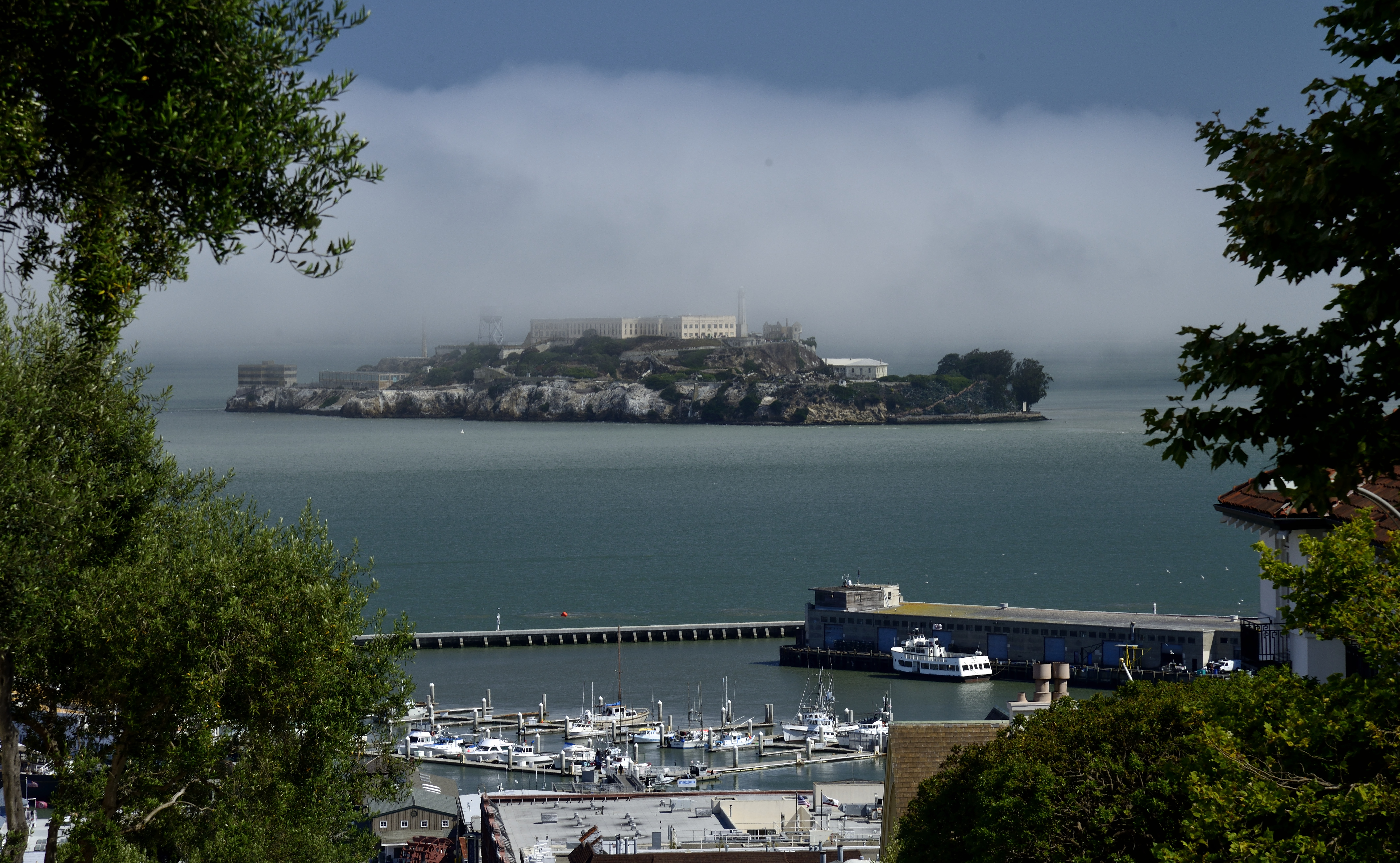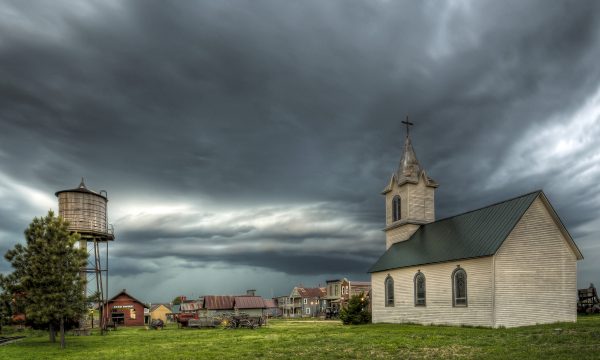As is well known, there is no accounting for taste. But when asked which city is the most beautiful in the world, one name always comes up: San Francisco. The “Belle of the Bay” fascinates with its location along a bay on the Pacific, its mild climate or the steep streets lined with Victorian-style houses over the more than three dozen hills on which the city was built. Golden Gate Bridge, Cable Car and the winding Lombard Street are just three more keywords that are associated with the Californian metropolis worldwide. And of course, not to forget the former prison Alcatraz, also called The Rock.
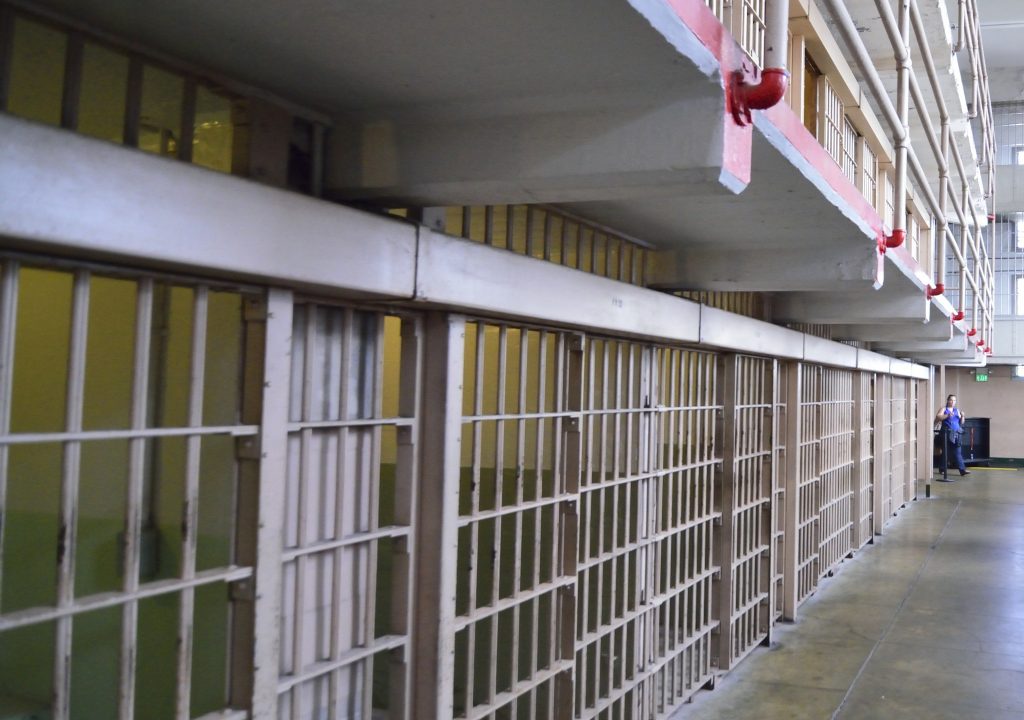 On the 90-meter-long corridor called Broadway between blocks B and C of the cell house of the former prison island, we meet a teenager from Hesse. “I wouldn’t have lasted a minute in the dark cell. Good thing the door was open,” the 14-year-old is convinced. Inmates who did not comply with the strict regulations could expect to end up in one of the isolation cells in D block. They could be held there in complete darkness for up to 19 days. For the girl, San Francisco and especially the former prison island are the declared highlights of her tour of the Southwest. Natural wonders such as Yellowstone, Monument Valley, the Grand Canyon or Death Valley have to be content with the back places for her.
On the 90-meter-long corridor called Broadway between blocks B and C of the cell house of the former prison island, we meet a teenager from Hesse. “I wouldn’t have lasted a minute in the dark cell. Good thing the door was open,” the 14-year-old is convinced. Inmates who did not comply with the strict regulations could expect to end up in one of the isolation cells in D block. They could be held there in complete darkness for up to 19 days. For the girl, San Francisco and especially the former prison island are the declared highlights of her tour of the Southwest. Natural wonders such as Yellowstone, Monument Valley, the Grand Canyon or Death Valley have to be content with the back places for her.
On the other hand, the teenager is by no means the only visitor for whom “The Rock” triggers a certain anxiety. The cells are spread over three floors. Even though the place is swarming with tourists – most of them engrossed in their audio guides with stories about prisoners and guards – you think you can see the prisoners’ faces behind the bars of hardened steel. A metallic slam caused by doors weighing more than a hundredweight falling into the lock reverberates in the ears for a long time. With a single movement of a lever, the guards could close 14 cells at once and in just three seconds.
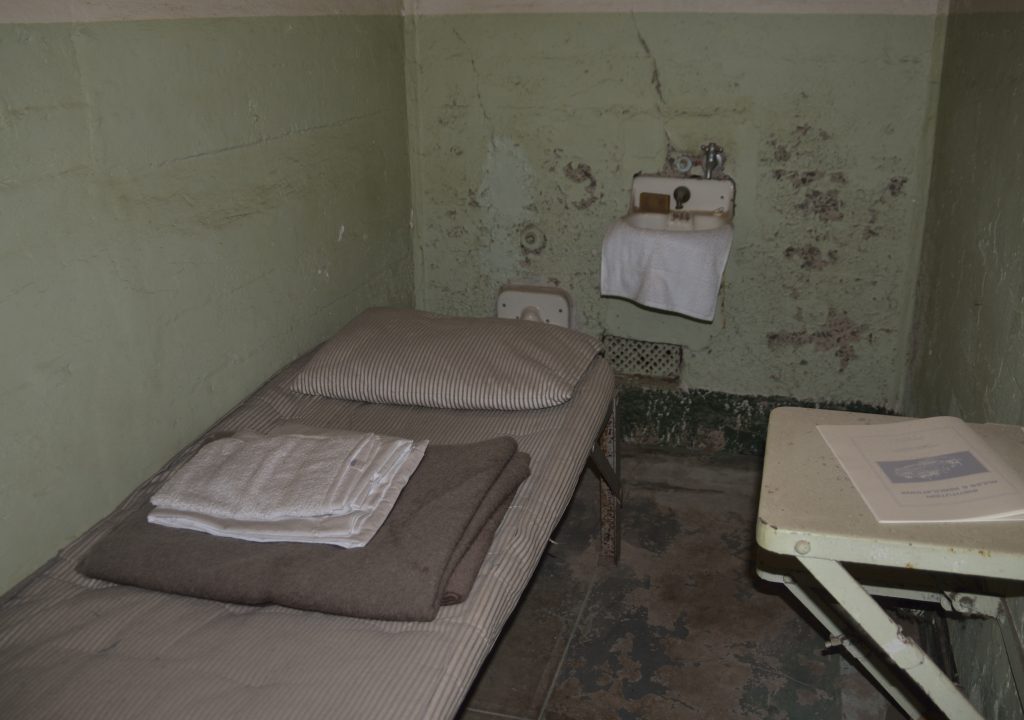

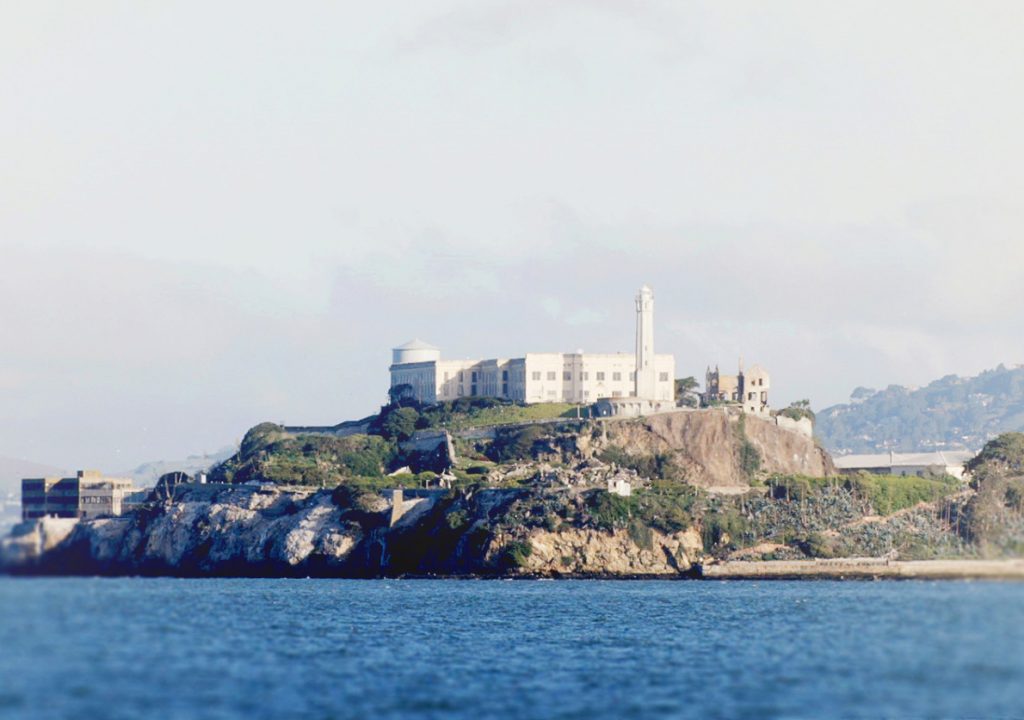

The salt water affected the facilities and buildings on the 550-yards-long and up to 262-feet-high island. Not only were the operating costs correspondingly high, but so were the maintenance costs in particular. This led to U.S. Secretary of Justice Robert Kennedy ordering the closure of the prison in March 1963. In November 1964 and then between 1969 and 1971, the island once again came under public scrutiny when a group of young Indians occupied the site, making an offer to purchase it for “$20 in glass beads and red cloth.” Months after the FBI evacuation, the island was placed under the National Park Service in 1972 as part of the Golden Gate National Recreation Area and has been open to the public as a museum ever since. Visitors are treated to pictures and displays depicting daily life during the thirty years the island served as a federal prison. One day was like the next. But there were also attempted escapes. One of these is the so-called Battle of Alcatraz in May 1946, which ended after three days, with two guards and three inmates killed and a dozen others injured. A total of 14 escape attempts involving 34 prisoners were recorded. Most of the inmates were captured alive, but five criminals have disappeared to date. They are believed to have drowned in the cold waters of the Bay of San Francisco. Because of this and the treacherous currents, the prison was considered absolutely escape-proof. On top of that, the inmates could only take warm showers. This was to prevent them from getting used to cold water.
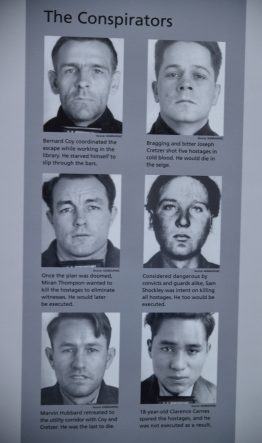

One luxury shared by the prisoners was the occasional view of San Francisco and the Golden Gate Bridge, which was under construction at the time. Once the longest suspension bridge in the world, with a span of 1400 yards and a total length of 1.6 miles, the Golden Gate Bridge, part of U.S. Highway 101, connects San Francisco to the north shore of the Bay and Marin County nearly 230 feet above the water. Apart from the fact that it is impossible to imagine the Bay Area’s transportation network with its seven million people without it, the bridge is the city’s best-known landmark and, along with New York’s Statue of Liberty, America’s symbol par excellence.
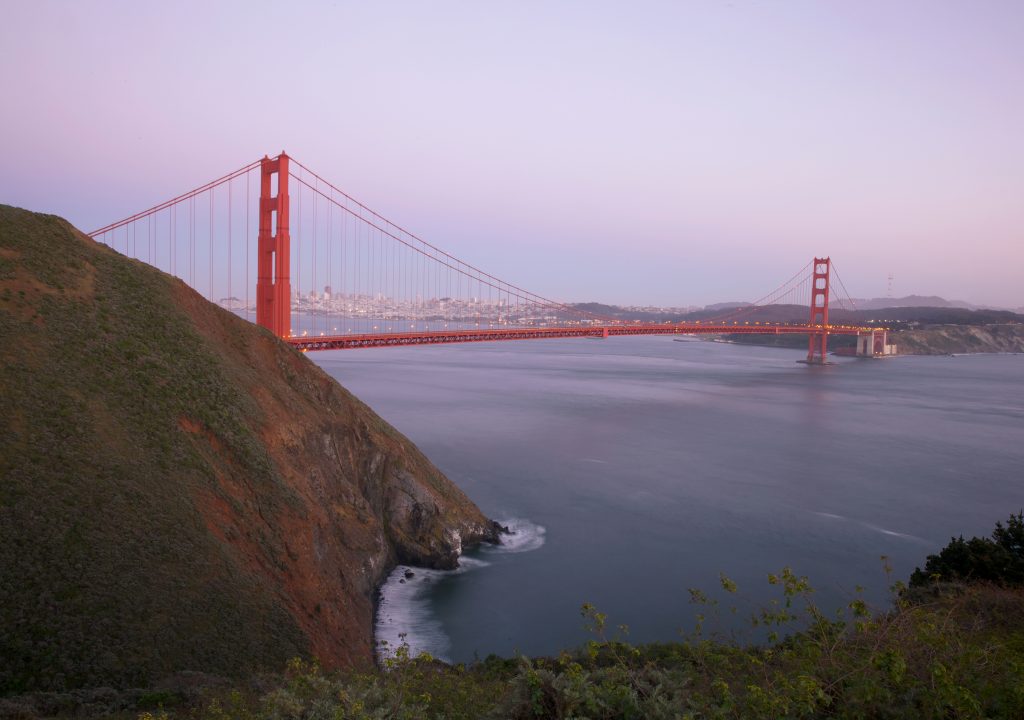

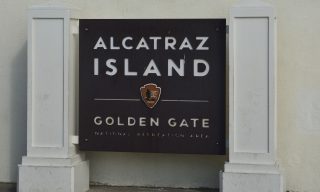

In people’s everyday lives, there is no sign of this latent danger. The high-rise buildings in the financial district, which now form the distinctive skyline, are considered earthquake-proof. Most of San Francisco’s neighborhoods, however, are dominated by houses with only a few floors. A distance of several yards is prescribed between buildings. This is to allow for minor fluctuations of the walls in the event of tremors – light earthquakes are common in the region – and to prevent damage as far as possible. It’s quite possible that earthquake resistance was also a consideration in the design of the new three-story cell house on Alcatraz, completed in 1912. The military opted for concrete reinforced with iron. When rumors of poor treatment of military prisoners became public in the early 1930s, and on top of that, technological developments had outpaced the fort’s military importance, the decision was made to close the facility. The judiciary seized the opportunity and took over the island to develop and use it as a maximum-security prison for the country’s worst criminals.
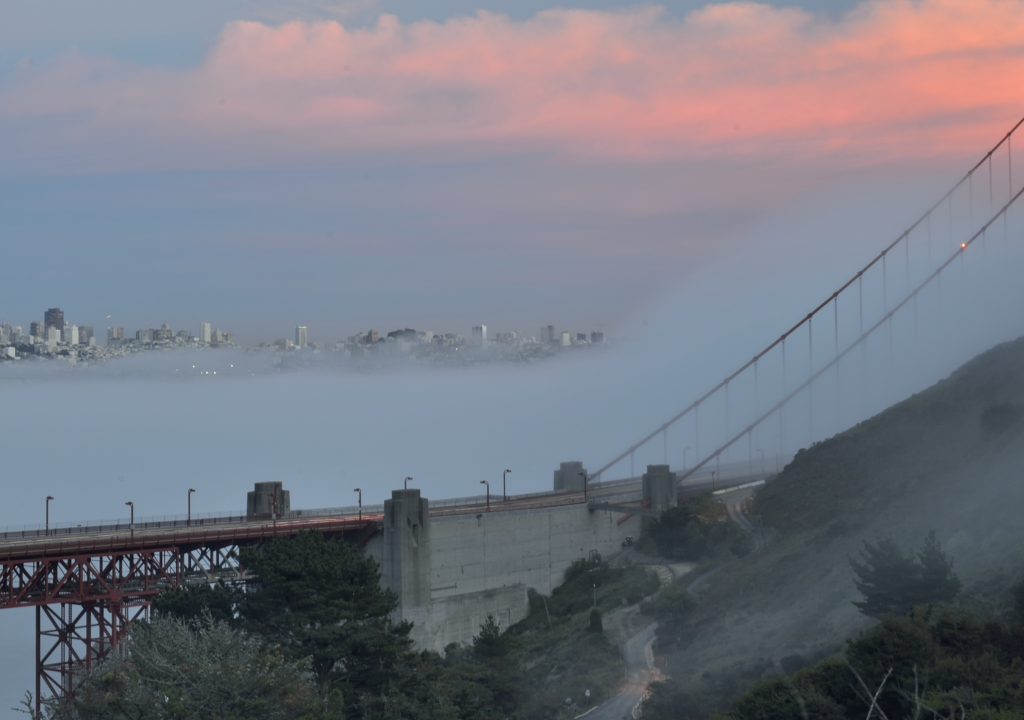

Today, Alcatraz has more than a million visitors a year. They rely on the tours that depart from Pier 33 about a dozen times a day in the summer. Nevertheless, during the high season, the crossings to the island are often booked up weeks to months in advance. Once you’ve made it onto the ship and finally reached the island, the first thing to do is wait. Near the dock, the rangers tell the guests how to behave before they are allowed to move freely on Alcatraz. The highlight is undoubtedly the tour of the cell block, to which a steep path leads up. In addition to the cell block described, the library, the dining hall, the prison yard and the warden’s office can be visited. On the way, a detour to the old barracks with their walls, some of which are more than a 3 feet thick, is a good idea. Alcatraz should be on every San Francisco visitor’s itinerary.
If you want to enjoy the infamous island and the skyline from the bay, there are other opportunities. One interesting one is the boat tours offered. The tours depart from piers 39 or 43 ½ and start almost every hour during the summer. On these boats, too, one gets quite close to Alcatraz and circumnavigates the island. The undisputed highlight is the trip under the Golden Gate Bridge – especially when there is no fog hanging over the water, which is more likely in the mild fall months than in the summer. From aboard, there is also a spectacular view of San Francisco’s unique topography.
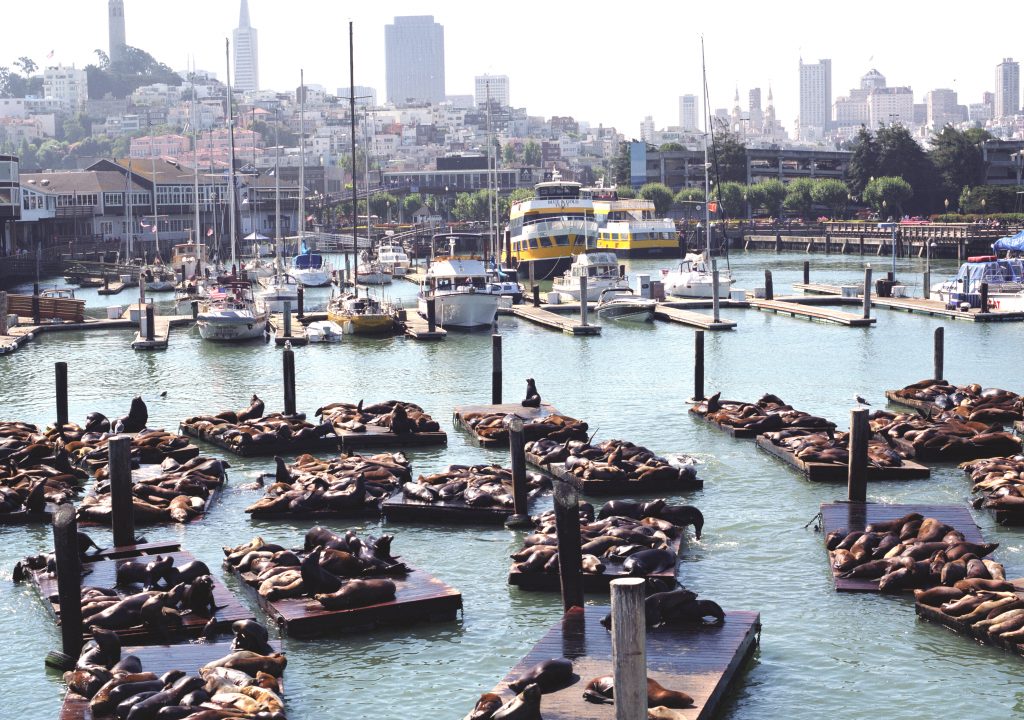

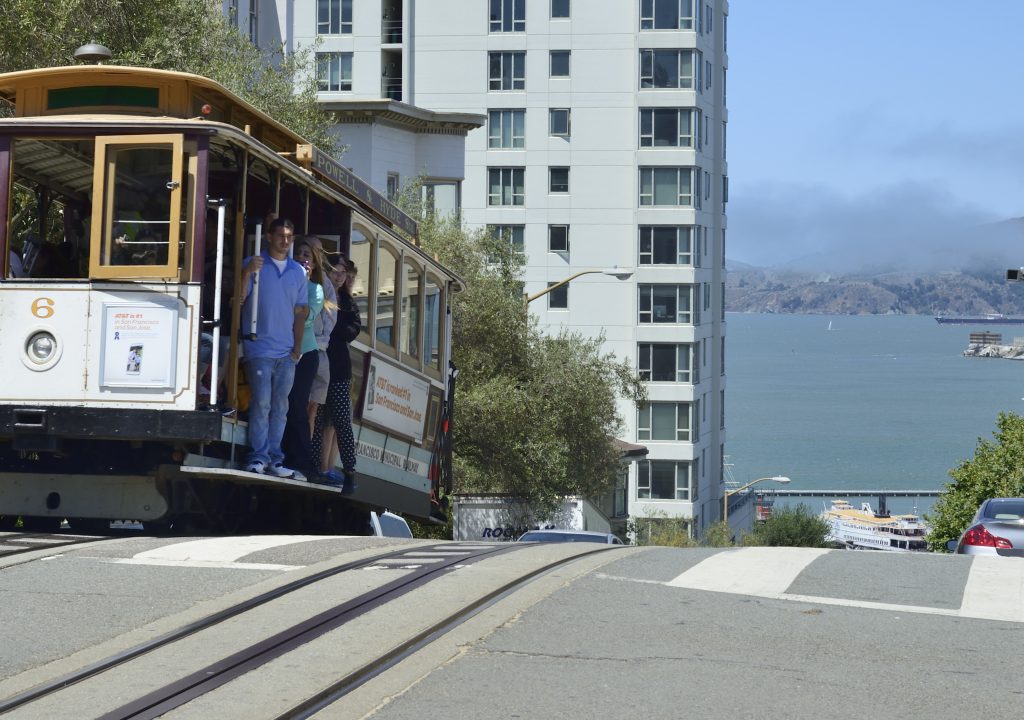

A total of three lines are still in operation. A visit to San Francisco is not complete without a ride on the cable car. Accordingly, the lines at the end stations are often long. This is especially true at Fisherman’s Wharf with its numerous tourist attractions, including Pier 39, just a few minutes’ walk away, where entertainment venues, restaurants and stores vie for the favor of tourists. But it applies equally to the terminus at the intersection of Union Street and Market Street in the center of the city.
Important: Tickets to Alcatraz are in high demand and can be ordered up to 90 days before your visit (online, by phone). Be sure to reserve, otherwise you run the risk of being fully booked. The best ticket prices are available directly from Alcatraz Cruises. Info: www.alcatrazcruises.com * Tel: 415-981-7625
Alcatraz Island National Park
Admission prices include an audio tour www.nps.gov/alca
Photos: Beate Kreuzer; San Francisco Travel Association;


